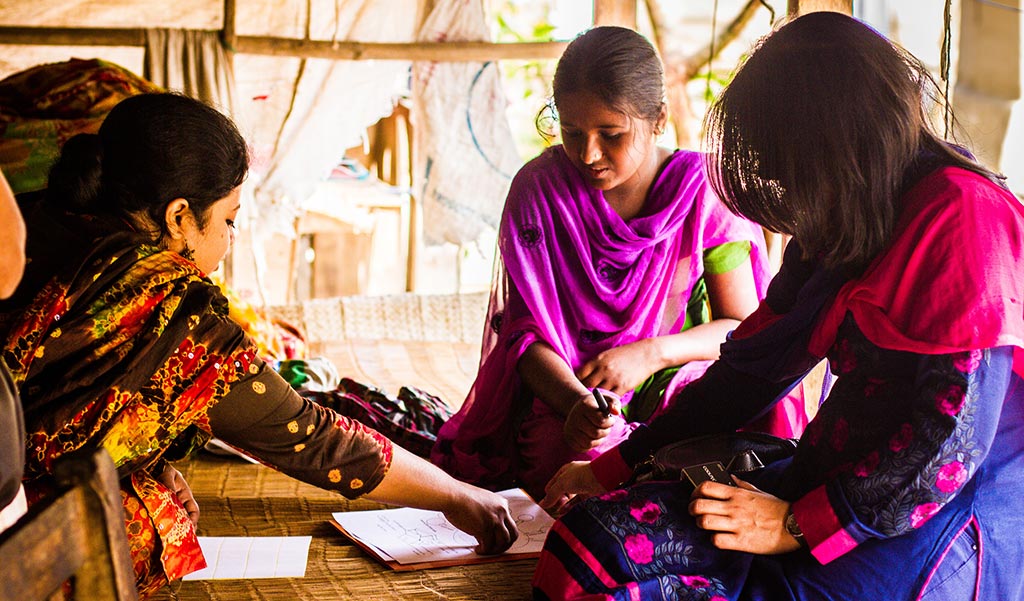Adolescent Sexual and Reproductive Health in Bangladesh
The cultural taboo around sexual and reproductive health (SRH) of adolescent girls, leads them to often enter their reproductive years poorly informed about SRH issues, without adequate access to SRH-related information or services.
There are 29.5 million adolescents in Bangladesh, including 14.4 million girls and 15.1 million boys, together representing nearly one-fifth of the country’s total population of 144 million. Initiatives to address adolescent sexual and reproductive health (ASRH) in Bangladesh have been implemented by both the Government of Bangladesh (GOB) and nongovernmental organizations (NGOs), but these activities have often been fragmented and are not well documented or evaluated, making it difficult to know what worked well and what did not. With a large and growing adolescent population, it is critical to identify, invest in, and accelerate the expansion of proven approaches to ASRH programming. There is a need to understand
which approaches can improve adolescents’ knowledge of SRH issues and their access to and uptake of services, and to identify gaps in programming knowledge and practice. There is also a need to critically examine the evidence base for these programs to determine which interventions lack rigorous evidence of effectiveness and, more importantly, to identify and promote those that have been proven, through strong evidence, to effectively and efficiently provide SRH services that meet the needs of adolescents. Understanding what works and what does not for adolescent SRH interventions will help inform the scale-up of promising interventions, minimize duplicative efforts, and ensure efficient use of available resources.
Reference:
Ainul S., Bajracharya A., Reichenbach L., Gilles K. (2017). Adolescents in Bangladesh: A Situation Analysis of Programmatic Approaches to Sexual and Reproductive Health Education and Services.
Photo Reference: Bangladesh-ASRH-Report_January-2017

